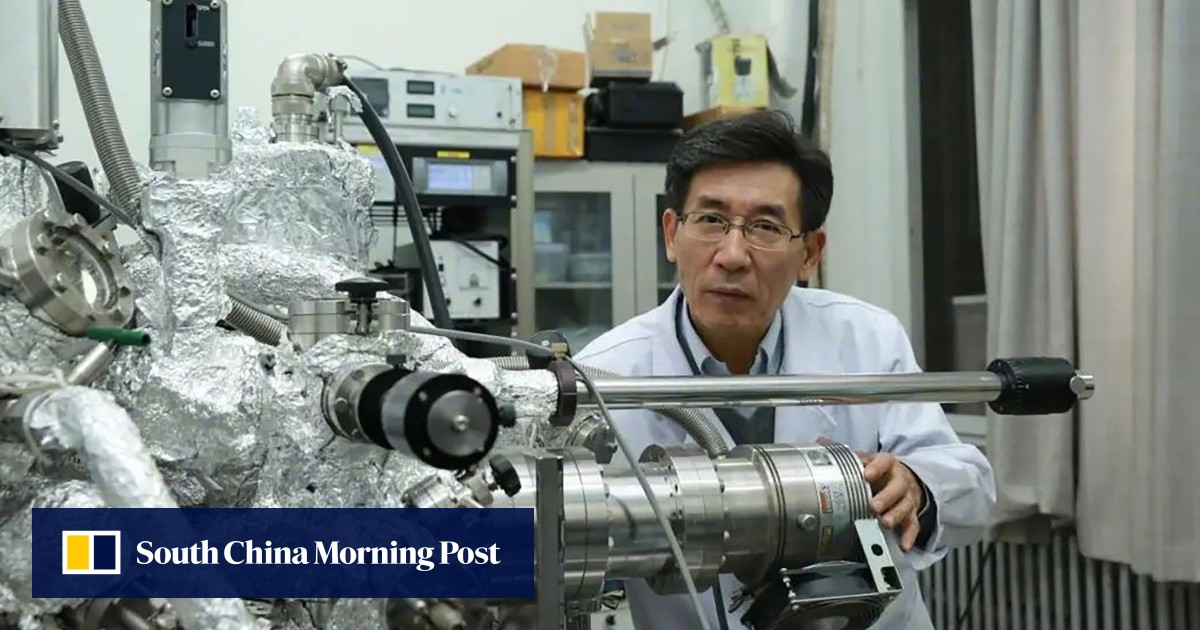beijingwalker
ELITE MEMBER

- Joined
- Nov 4, 2011
- Messages
- 65,195
- Reaction score
- -55
- Country
- Location
Rongyi, the Chief Designer of the Long March 2F carrier rocket for China's manned space missions
In 2006, she graduated with a Ph.D. in Engineering from Tsinghua University, and in March 2008, she completed her postdoctoral research.
Rongyi fulfilled her wish by becoming a rocket designer n the General Design Department of the China Academy of Launch Vehicle Technology (CALT).
With her strong professional competence and diligent work ethic, she quickly made a name for herself. In 2009, she took on the important task of the overall design of the Long March 2F rocket's escape system, responsible for establishing criteria for rocket failure detection.After completing her postdoctoral research, Rongyi fulfilled her wish of becoming a rocket designer in the General Design Department of the China Academy of Launch Vehicle Technology (CALT).
It was also in that year that she officially entered the world of manned spaceflight engineering missions and never looked back. With her strong professional competence and diligent work ethic, she quickly made a name for herself. In 2009, she took on the important task of the overall design of the escape system for the Long March 2F rocket, responsible for establishing criteria for rocket failure detection.
The escape and safety control systems are specifically designed to ensure the safety of astronauts and are unique to manned rockets. The position of overall design for the escape system is responsible for establishing criteria for rocket failure detection and is the foundation for ensuring astronaut safety.
In 2006, she graduated with a Ph.D. in Engineering from Tsinghua University, and in March 2008, she completed her postdoctoral research.
Rongyi fulfilled her wish by becoming a rocket designer n the General Design Department of the China Academy of Launch Vehicle Technology (CALT).
With her strong professional competence and diligent work ethic, she quickly made a name for herself. In 2009, she took on the important task of the overall design of the Long March 2F rocket's escape system, responsible for establishing criteria for rocket failure detection.After completing her postdoctoral research, Rongyi fulfilled her wish of becoming a rocket designer in the General Design Department of the China Academy of Launch Vehicle Technology (CALT).
It was also in that year that she officially entered the world of manned spaceflight engineering missions and never looked back. With her strong professional competence and diligent work ethic, she quickly made a name for herself. In 2009, she took on the important task of the overall design of the escape system for the Long March 2F rocket, responsible for establishing criteria for rocket failure detection.
The escape and safety control systems are specifically designed to ensure the safety of astronauts and are unique to manned rockets. The position of overall design for the escape system is responsible for establishing criteria for rocket failure detection and is the foundation for ensuring astronaut safety.

